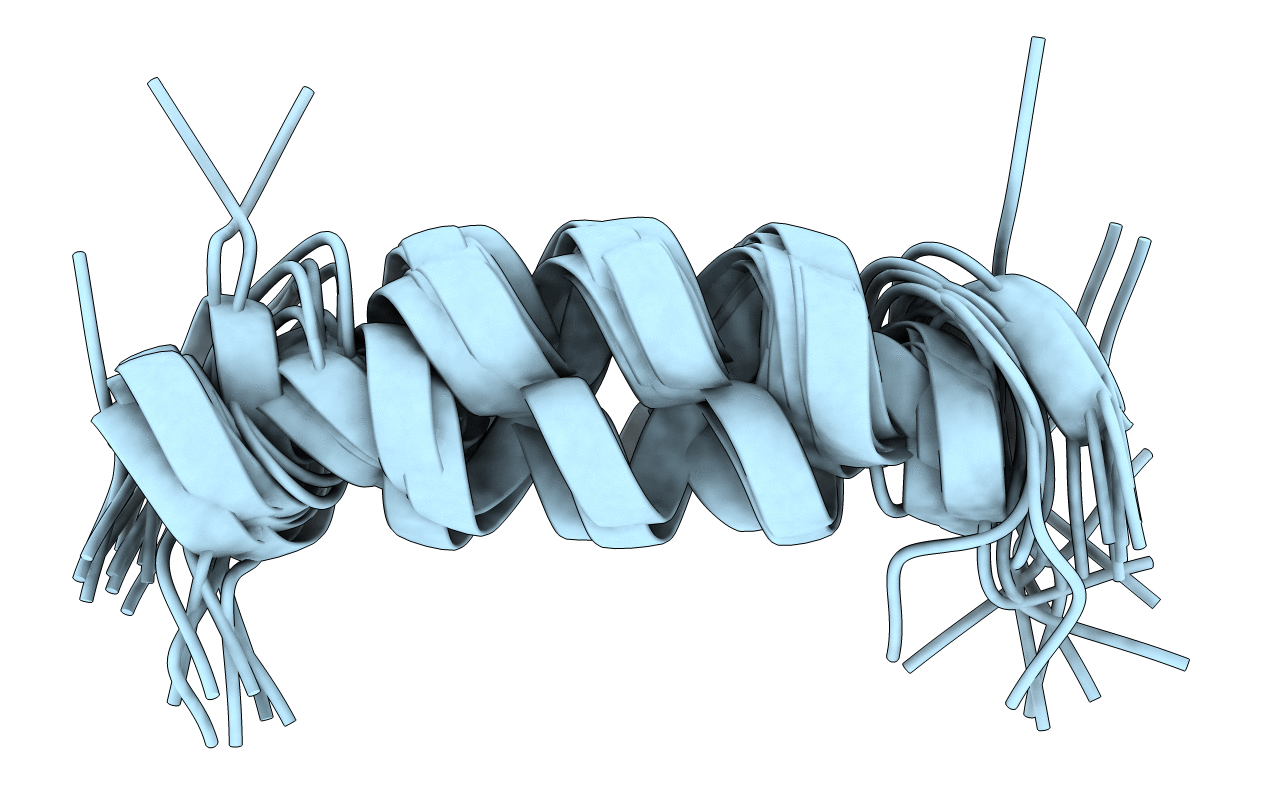
Deposition Date
2018-06-01
Release Date
2019-03-06
Last Version Date
2024-06-19
Entry Detail
PDB ID:
6GNZ
Keywords:
Title:
Plantaricin S-a in 100 mM DPC micelles. This is the alpha part of the bacteriocin plantaricin S.
Biological Source:
Source Organism:
Lactobacillus plantarum (Taxon ID: 1590)
Method Details:
Experimental Method:
Conformers Calculated:
100
Conformers Submitted:
20
Selection Criteria:
structures with the lowest energy


